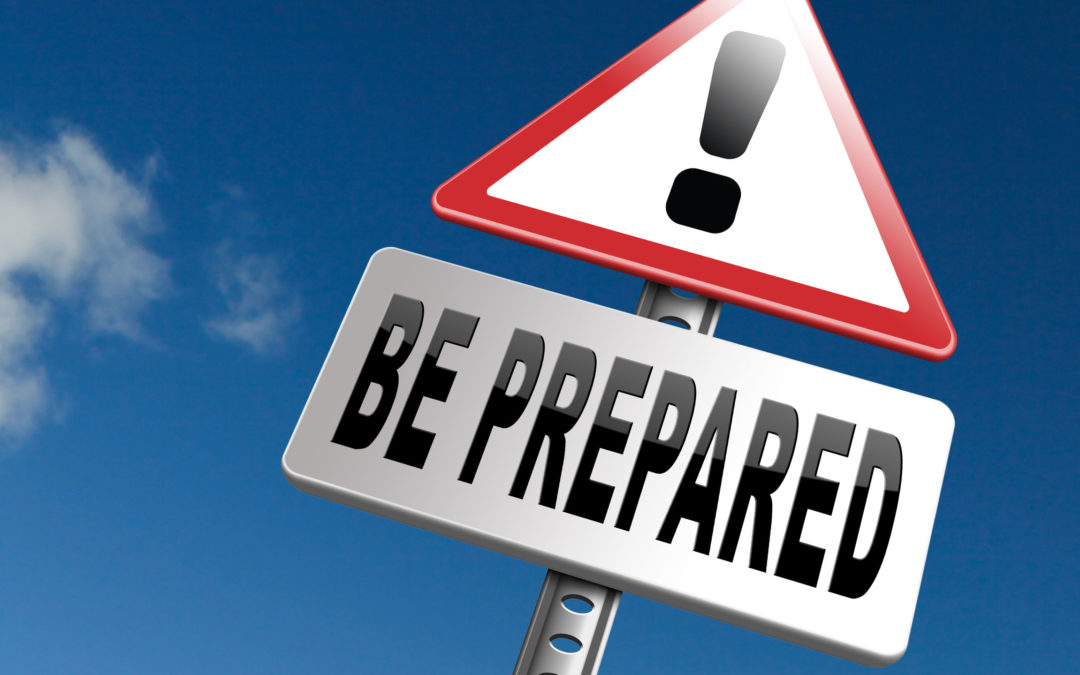Another June 1st has arrived along with another hurricane season.
The last several hurricane seasons have been harsh on small businesses. According to the U.S. Government:
- 40% of small businesses won’t reopen after a natural disaster like a hurricane
- 25% more small businesses will close within one year after a natural disaster
- 75% of businesses without a continuity plan will fail within three years after a natural disaster
While these are sobering statistics, proper hurricane preparation can help small businesses mitigate potential losses and speed up recovery.
Looking at the 2018 Hurricane Horizon
So, what are small businesses preparing for in 2018?
National Oceanic and Atmosphere Administration (NOAA) forecasters anticipate 10 to 16 named storms this year. 5 to 9 might become hurricanes—1 to 4 being major.
Hurricane season began early this year. Before June 1, gulf coast residents and businesses felt the effects of subtropical storm Alberto.
If you’re doing business in coastal areas—even miles inland—consider your small business to be in the path of a storm this year and vulnerable to those U.S. Government statistics mentioned above.
Preparation Begins Well In Advance of Storm Warnings
Small businesses that practice a proactive planning approach tend to be successful and profitable. That Includes disaster recovery planning.
Check Your Business Insurance Coverage
Now is the time to make sure you’re well-covered in case your business is impacted by a hurricane:
Commercial Property Insurance for money to pay for repairs or replacement after a storm—including flood damage. If you have commercial property insurance, make sure you understand what’s covered and what’s not. Ask if additional riders are available to ensure your business is well-covered.
Business Interruption Insurance to cover the downtime experienced by a storm. This can help provide money to pay for rent, taxes, loan repayments and salaries. BTW, 66% of small businesses do not carry business interruption insurance.
Prepare Your Documents and Records
Would you be lost without your paperwork or electronic records on your computer? Make sure you’re well-prepared to conduct business away from your business location in case it’s damaged in a storm.
Inventory Your Business Starting Today to ensure your equipment and property is well-documented for insurance adjusters. Take photos of furnishings, computers and on-site equipment. Be sure to store the photos and records in a safe, off-site location.
Create a Grab and Go Container to gather critical documents and information regarding your business. Of course, this activity means you know where all of your critical documents are at a given moment. Prepare a checklist that includes:
- Name of documents
- Location of documents
Keep this checklist in your container as a reminder of what to take and where to find it.
Maintain an Emergency Contact List for employees, vendors, suppliers and key people critical to running your business.
Create and Store Electronic Business Record Backups on an easy to grab external hard drive or—better yet—a virtual off-site location. Many online backup services can continuously back up your vital records, providing you peace of mind that you can access your up-to-date data regardless of your location in case of an evacuation.
Include Your Employees in Disaster Recovery Planning
The safety of your employees should always be paramount to your business disaster planning. In the aftermath of a storm, those employees could be critical to recovering your business, becoming profitable quickly and providing them with a salary.
Create a Communication Policy that allows you to keep in touch with each employee. This includes gathering and safe storing:
- Employee evacuation plans
- Phone numbers of employee cell phones plus location where they are staying (cell phone networks can fail after a disaster)
- Email addresses—personal and business (consider creating a disaster-related email address for each employee on a free email service)
Delegate Your Hurricane Preparation
Sadly, most small businesses lack a disaster recovery plan. Federal Emergency Management Agency (FEMA) estimates 4 out of 5 small businesses with 50 or fewer employees have not planned for a natural disaster.
Why is that?
- 34% of small businesses make disaster recovery planning a low priority in running a business
- 11% say they don’t have the time
Based on the business failure statistics mentioned above, disaster recovery planning should be a priority if you want your business to thrive after a hurricane.
If time is an issue, consider delegating. A Virtual Assistance Firm like Business Solutions Unlimited can help you develop a disaster recovery plan.
Feel free to give us a call at (904) 429-4588 to see how we can help.

